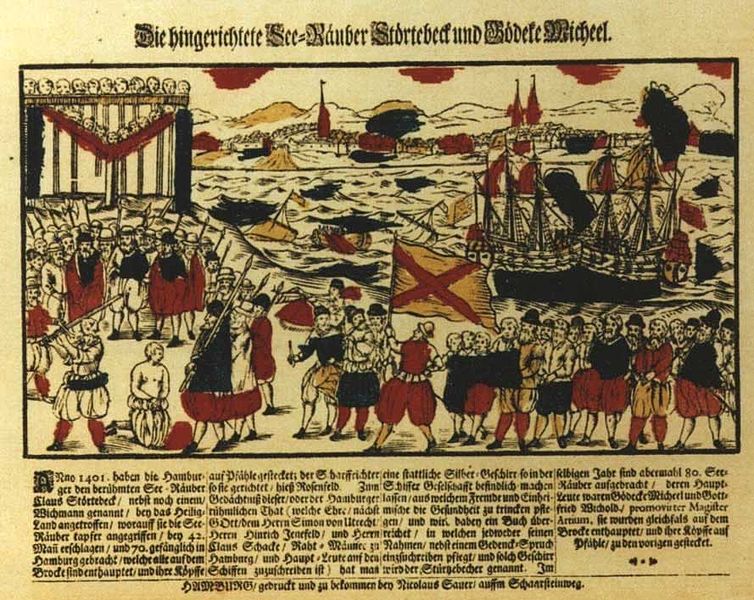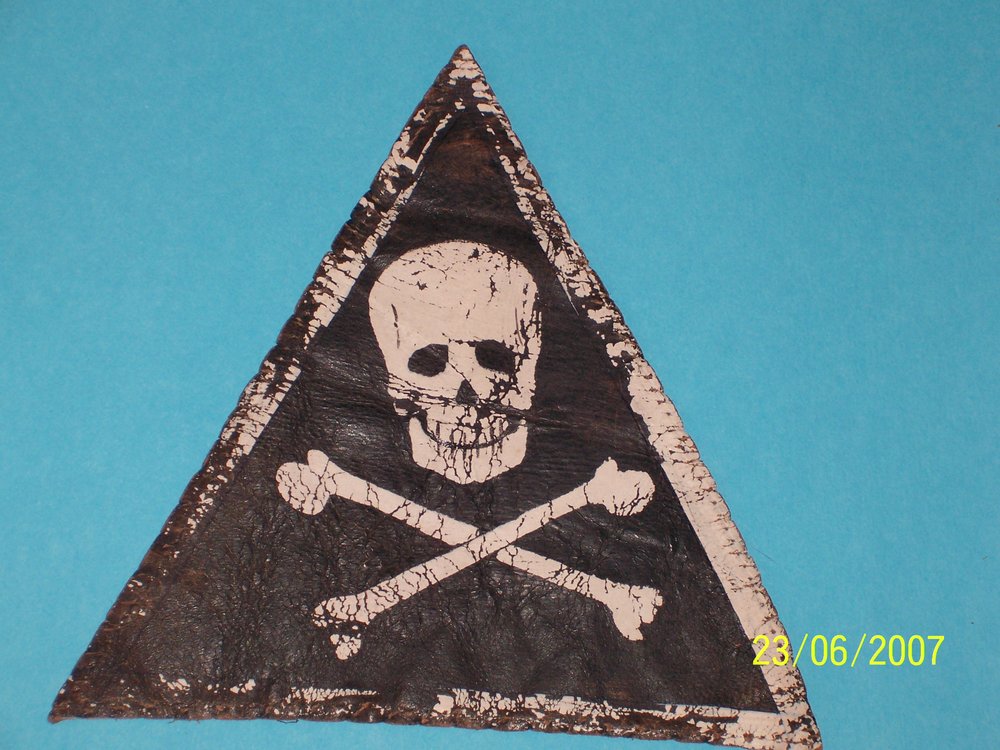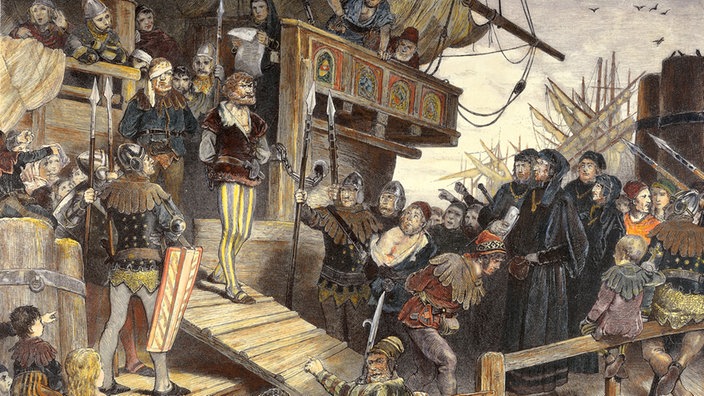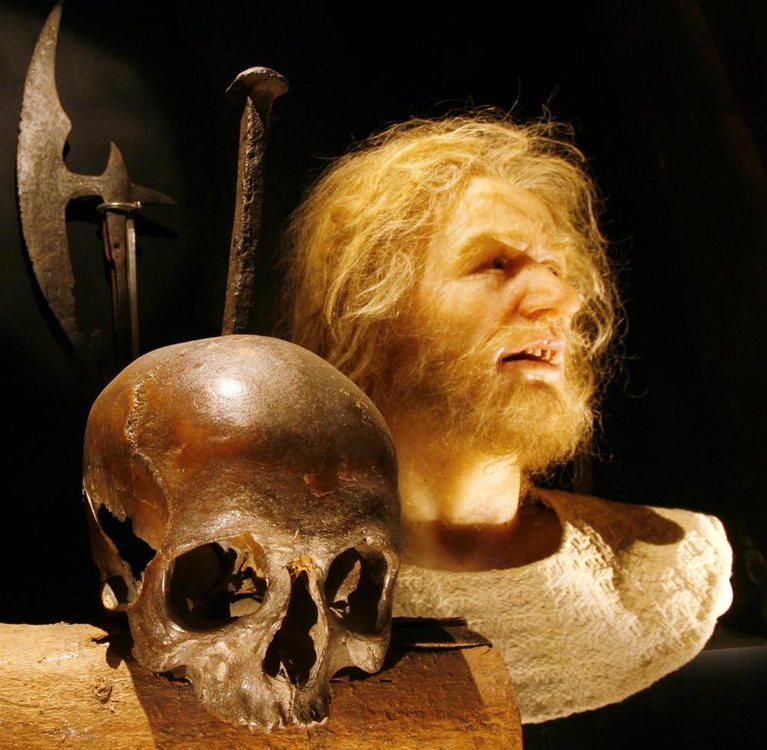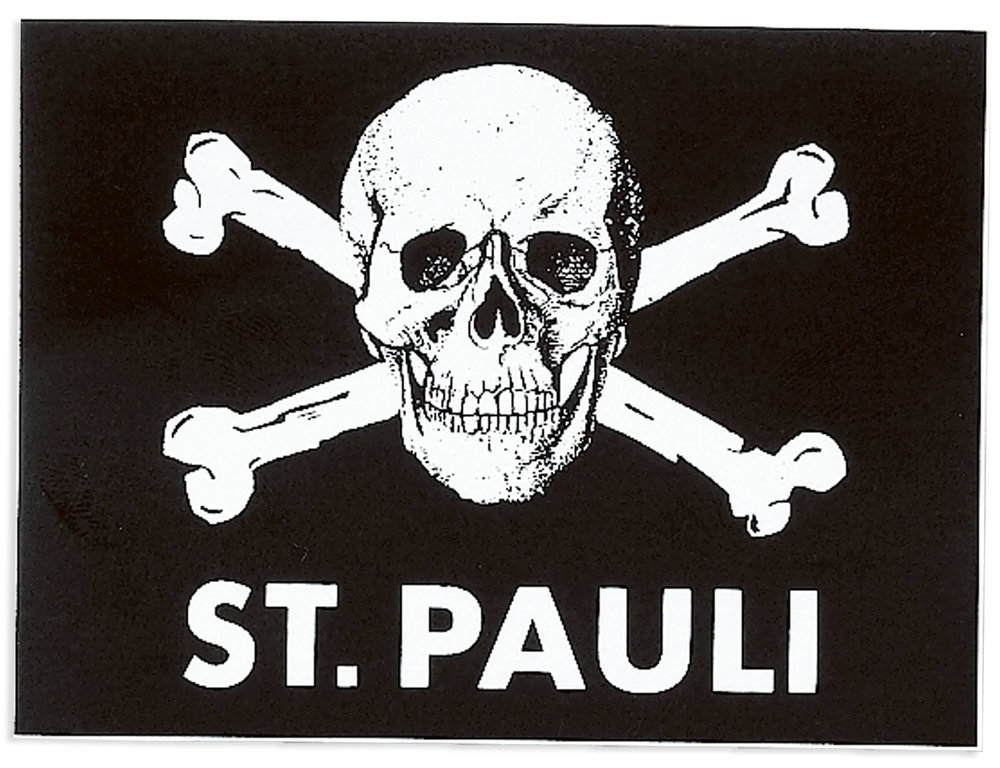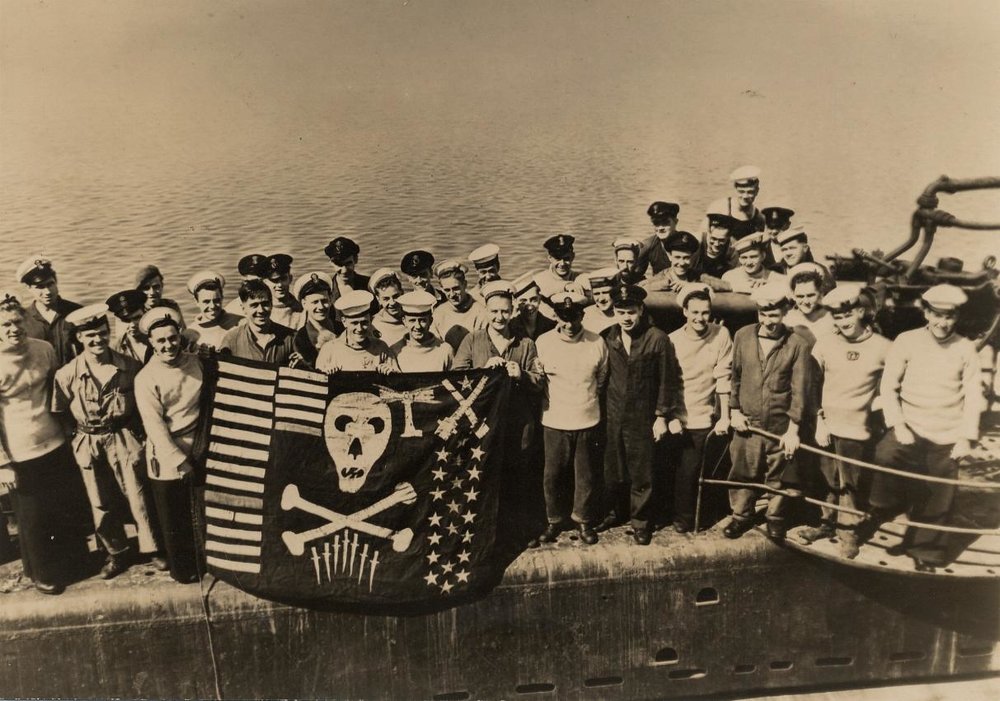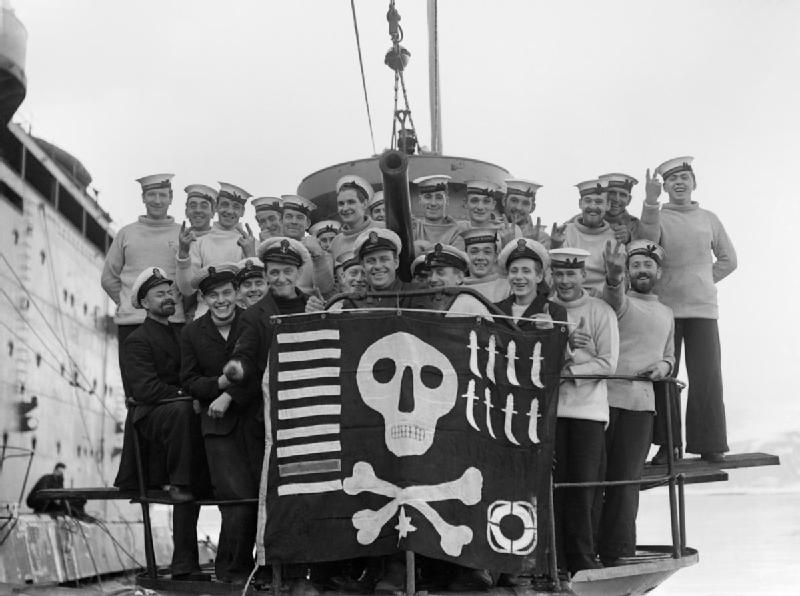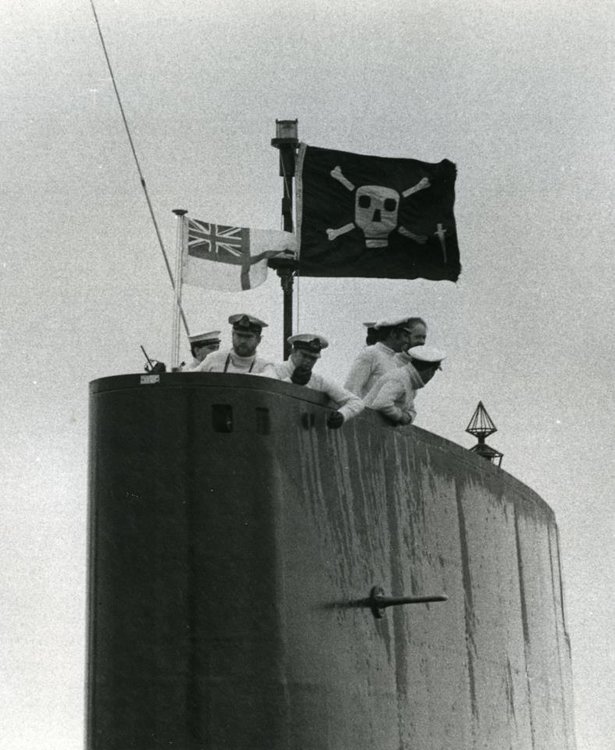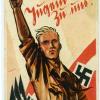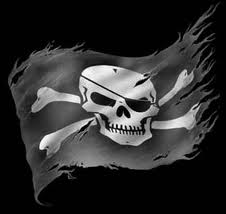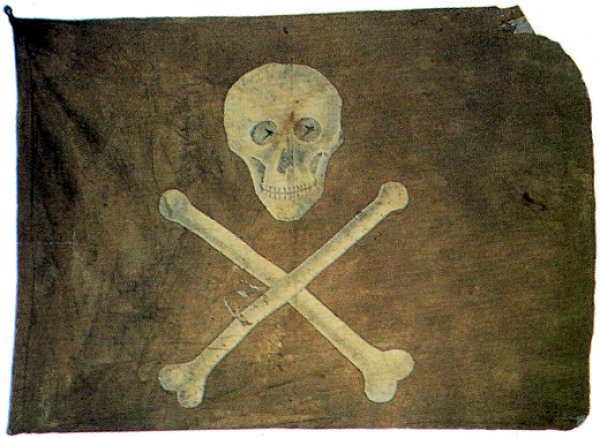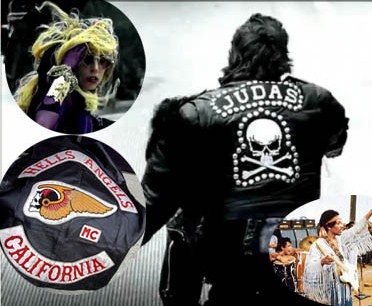Leaderboard
Popular Content
Showing content with the highest reputation on 14/10/17 in all areas
-
Leather medal. First of all, the skull above is the club badge of St.Pauli F.C., don't know how well known they are abroad, but locally rather controversial, play mainly in smaller leagues (football was never really my thing). Secondly, the person depicted, more a reconstruction, is said to be Klaus Störtebeker. There is reference to him in the Museum für Hamburgische Geschichte, along with a skull discovered more than 100 years ago at Hamburg-Grasbrook, near the port. Nikolaus Storzenbecher, or Klaus Störtebeker known as Germany's most famous pirate (c. 1360 in Wismar – 20 October 1401 {1400} in Hamburg), was a leader and the best known representative of a companionship of privateers known as the Victual Brothers (German: Vitalienbrüder). The Victual Brothers (Latin "victualia") were originally hired during a war between Denmark and Sweden to fight the Danish and supply the besieged Swedish capital Stockholm with provisions. After the end of the war, the Victual Brothers continued to capture merchant vessels for their own account and named themselves "Likedeelers" (literally: equal sharers). According to legend, in 1401, a Hamburgian fleet led by Simon of Utrecht caught up with Störtebeker's force near Heligoland. According to some stories, Störtebeker's ship had been disabled by a traitor who cast molten lead into the links of the chain which controlled the ship's rudder. Störtebeker and his crew were captured and brought to Hamburg, where they were tried for piracy. Legend says that Störtebeker offered a chain of gold long enough to enclose the whole of Hamburg in exchange for his life and freedom. However, Störtebeker and all of his 73 companions were sentenced to death and were beheaded on the Grasbrook. The most famous legend of Störtebeker relates to the execution itself. Störtebeker is said to have asked the mayor of Hamburg to release as many of his companions as he could walk past after being beheaded. Following the granting of this request and the subsequent beheading, Störtebeker's body arose and walked past eleven of his men before the executioner tripped him with an outstretched foot. Nevertheless, the eleven men were executed along with the others. The senate of Hamburg asked the executioner if he was not tired after all this, but he replied he could easily execute the whole of the senate as well. For this, he himself was sentenced to death and executed by the youngest member of the senate. More under Wikipedia. The St.Pauli skull and bones is said to be associated with Klaus Störtebeker, who has become a legend locally. Here's an interesting link under "Typisch Hamburch" with some info and pictures of Störtebeker (German text): http://typisch-hamburch.de/klaus-stoertebeker-hamburgs-beruehmter-seeraeuber/2 points
-
2 points
-
1 point
-
1 point
-
Well done Colin, that's the one thing we did not think of, submarines.. not too surprising really as the skull and crossbones has always been used as a submarine symbol, Alex was not too far out with his pirate suggestion. That must be a scarce patch. Royal navy · HMS Safari crew members with their Jolly Roger The personnel of the British submarine HMS Utmost showing off their Jolly Roger in February 1942. The markings on the flag indicate the boat's achievements: nine ships torpedoed (including one warship), eight 'cloak and dagger' operations, one target destroyed by gunfire, and one at-sea rescue The submarine Onyx returning from the Falklands war. Royal Navy submarines hadn’t flown the Jolly Roger since WWII. The dagger on the flag indicates the Onyx was involved with clandestine ops, most probably in support of special forces personnel, SAS or SBS. The origins of the Jolly Roger and the British submarine service came about at the beginning of the 1st World War when the British Admiral Beresford stated that all submariners were pirates and if caught should be hung. He probably only meant the German UBoats, nevertheless his remarks were not missed by British submariners. The Jolly Roger was quickly adopted as the symbol of a successful patrol.1 point
-
This post is going back a bit but I did finally identify what the patch was, it was British Royal Navy ie= Churchill's pirates submarine or trawler section.1 point
-
1 point
-
could it be used for an epidemic warning? hung at the entrance to the infected area, building or house? just a thought spanish flu? typhus?1 point
-
Defo not WW1, i have never encountered such a design. They wouldn't use leather for such a thing, i have only ever seen wooden ones from WW1. Its an odd one thats for sure.1 point
-
1 point
-
Wrong skull and bones for TR or something like 17/21st Lancers. Most be a poison warning or Hells Angel type insignia.1 point
-
1 point
-
Your right Steve........If it's not a label then as RAF said could have been cut from clothing??..........But who would wear leather clothing with an emblem like that.1 point
-
I dont think we can be sure what it is.Surmising is fine but it aint telling us for sure..it is likely poison but a label i doubt.1 point
-
I think Kenny is on the right lines with this patch poison for sure, I did think at one time that it was cut from a leather messenger bag for carrying small bottles of poison. Thanks anyway Guys1 point
-
I don't think its a mine pennant at all, i can't recall of any leather ones, in any army. I support Kenny on this saying it could be a poison label or possibly even a bit of clothing.1 point
-
I had the same thought about mine fields though these were usually metal or in yellow (allies at least)... mines seems plausible though it does not say mines on it... hmmm1 point
-
1 point
-
The triangle is 6 x 6 inches, if you look at the right side the white line is wider in the middle than the top or bottom, I'm wondering If someone has cut the triangle shape from something larger, maybe from a sqaure or something else, tiny holes round the edges.1 point
-
1 point
-
1 point






